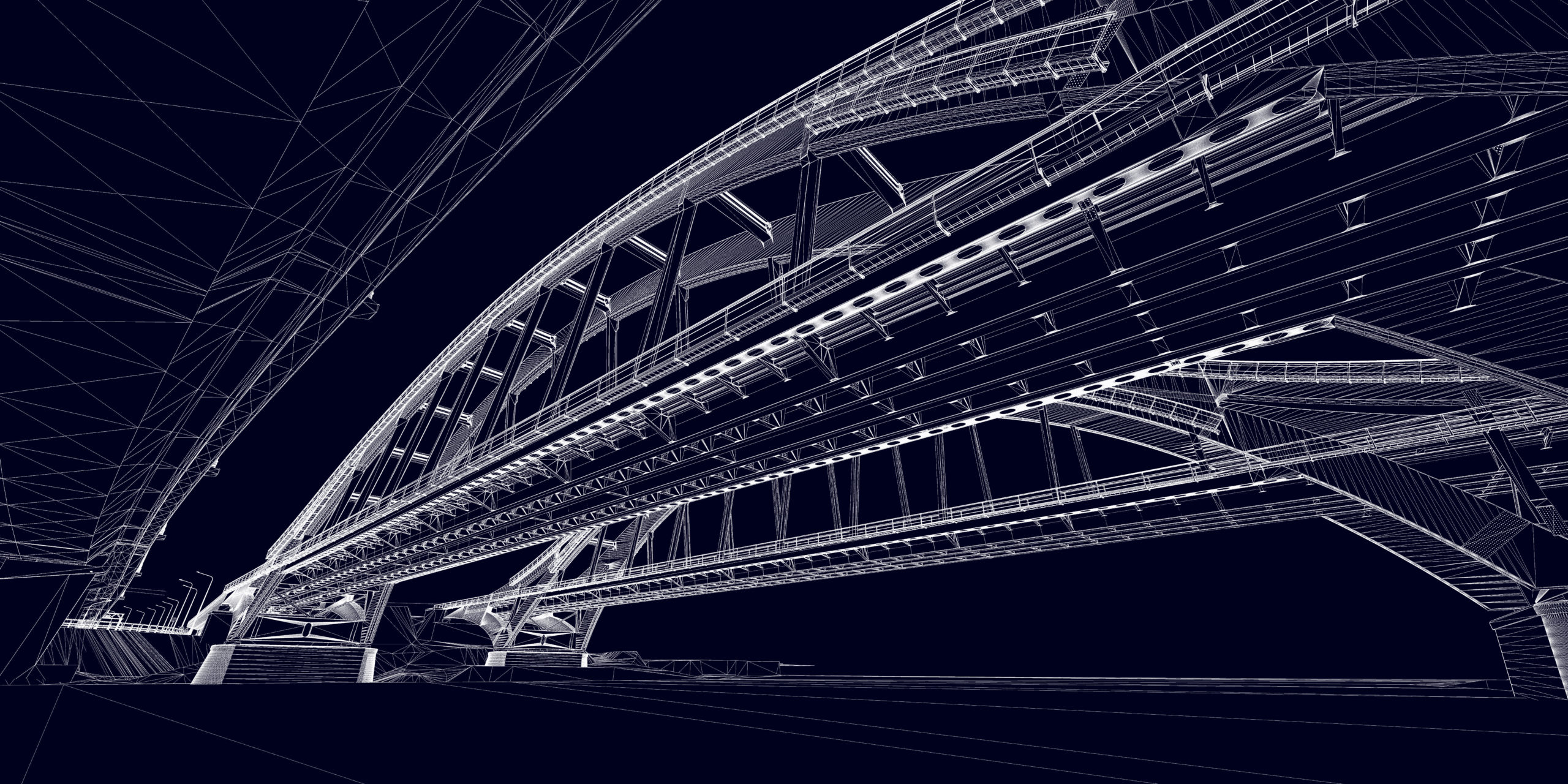How Technology is Advancing Architectural Design
Technology is revolutionizing architectural design and drafting in ways that are transforming how projects are conceived, developed, and executed. The traditional process of creating hand-drawn blueprints has evolved into a highly digitized workflow that incorporates advanced software, automation, and even virtual reality. These tools not only streamline the design process but also allow architects and clients to visualize projects like never before. At Arizona Drafting Inc., we embrace the latest technological advancements to deliver more accurate, efficient, and innovative designs that meet the ever-growing demands of modern architecture.
BIM – Building Information Modeling
One of the most significant advancements in architectural design is Building Information Modeling (BIM). BIM is a digital representation of a building’s physical and functional characteristics, allowing architects, engineers, and contractors to collaborate more effectively. With BIM, every aspect of a building’s design, from the electrical systems to the plumbing, can be integrated into one cohesive model. This level of detail allows for greater precision in planning and reduces the risk of errors during construction. It also facilitates better decision-making and provides clients with a clearer understanding of how their project will come together.
3D Modeling
Another game-changer in the architectural world is 3D modeling software, which has replaced traditional 2D blueprints. Software like AutoCAD, Revit, and SketchUp enables architects to create detailed, three-dimensional models of their designs, allowing for better visualization of the final product. With 3D models, architects can simulate real-world conditions such as lighting, material textures, and spatial relationships, offering clients a more immersive experience. This technology also enables the exploration of different design iterations quickly, making it easier to test ideas and optimize the project before construction even begins.

VR/AR
Virtual Reality (VR) and Augmented Reality (AR) are taking architectural visualization to the next level. With VR, clients can walk through their future building in a fully immersive environment, gaining a true sense of scale, layout, and design. AR, on the other hand, overlays digital designs onto the real world, allowing clients to see how a structure will look within its actual setting. These technologies provide a hands-on experience that enhances communication between architects and clients, ensuring that everyone is on the same page. At Arizona Drafting Inc., we use these tools to offer our clients a deeper understanding of their projects, allowing them to make more informed decisions.
Automation and Parametric Design
Another aspect that is changing the game for architects and drafters is Automation and parametric design. Automation streamlines repetitive tasks, such as drafting standard details or generating schedules, allowing designers to focus on more creative and complex aspects of a project. Parametric design, a technology that allows architects to set parameters (such as size, shape, and performance criteria), enables the software to automatically adjust and optimize designs within those constraints. This ensures that even the most intricate designs are feasible, while also saving time and reducing the likelihood of costly mistakes.
The Cloud
Finally, cloud-based collaboration platforms have revolutionized how teams work together on architectural projects. Architects, engineers, and contractors can now collaborate in real-time, regardless of location, sharing updates and revisions instantly. Cloud technology ensures that all stakeholders are working with the most up-to-date information, minimizing miscommunication and improving project efficiency. At Arizona Drafting Inc., we utilize these platforms to ensure seamless collaboration between all parties, speeding up the design and approval process while keeping everyone informed.
In conclusion, technology has fundamentally transformed architectural design and drafting, allowing for greater creativity, efficiency, and accuracy. From BIM and 3D modeling to VR walkthroughs and automated workflows, these advancements are reshaping how architects approach their work. At Arizona Drafting Inc., we are committed to staying at the forefront of these innovations, using the latest tools to deliver exceptional results that align with our clients’ visions and needs. As technology continues to evolve, the possibilities for architectural design are endless, and we are excited to see where the future takes us.